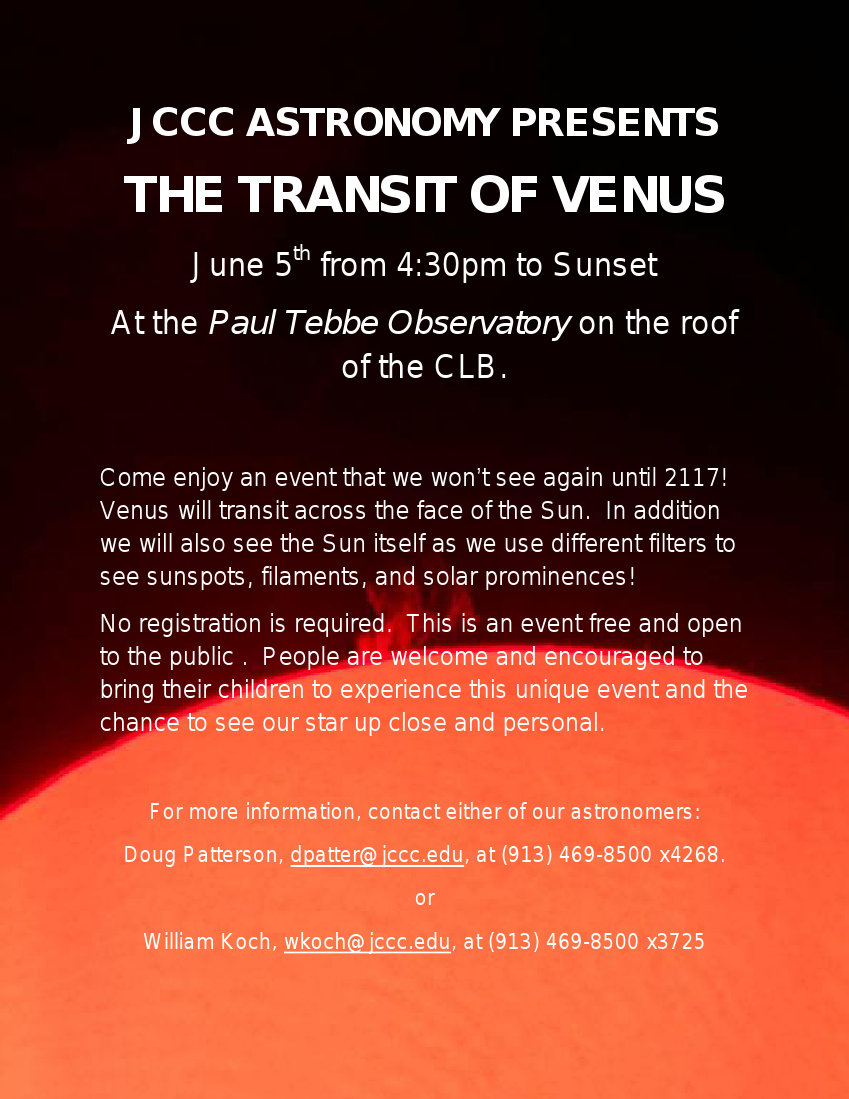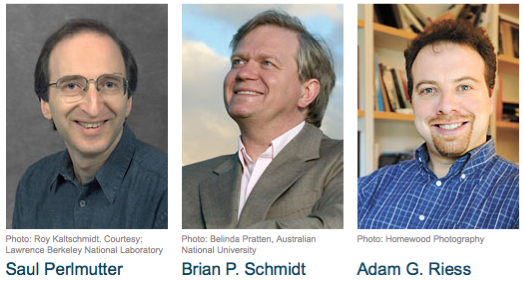Learn more about the history of planetary transits, and about this year’s transit of Venus at http://www.transitofvenus.org/.
Evening With The Stars
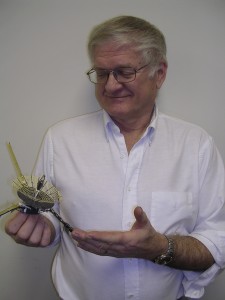 The JCCC Science Division presents an EVENING WITH THE STARS to be held on April 28th at 7:00pm in the Craig Auditorium, GEB 233.
The JCCC Science Division presents an EVENING WITH THE STARS to be held on April 28th at 7:00pm in the Craig Auditorium, GEB 233.
Dr. Thomas Armstrong, Retired Professor of Physics from the University of Kansas and Principle Scientist at Fundamental Technologies, LLC, will give a talk on the history of space exploration, Human History in Space, looking at the major events in space exploration and discoveries that shape our understanding of Earth, the Solar System, the Galaxy, and the Universe as well as discussing presently understood challenges and opportunities in space for present and future generations.
After the talk and weather permitting, we will have several telescopes set up to observe the night-sky at the Paul Tebbe Observatory on the roof of the CLB. Some objects of note that will be viewable are:

- The Orion Nebula
- The Beehive Cluster
- Mars
- Jupiter
- and the Moon.
For more information, contact either William Koch, [email protected], at (913) 469-8500 x3725, or Doug Patterson, [email protected], at (913).
Lunar Eclipse Photos
This morning we got to experience a lunar eclipse! Unfortunately, the eclipse began as the Moon was setting, so we didn’t get to see the entire eclipse, just the beginning.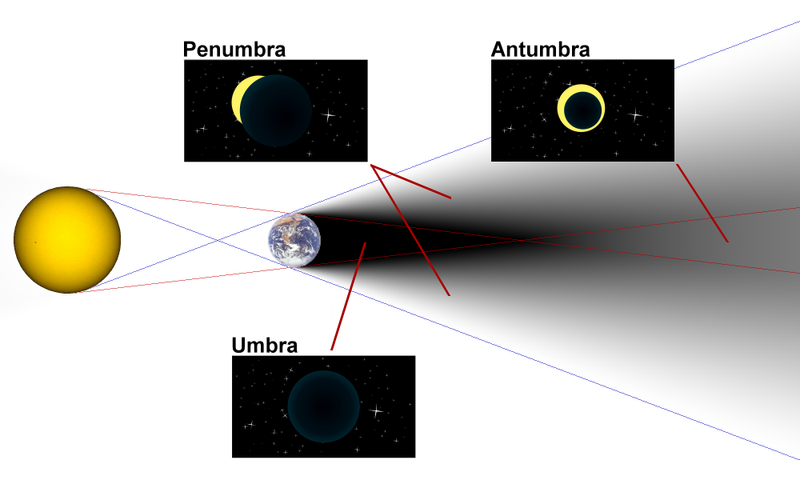
Mystery of the Lunar Ionosphere
If you take an introductory course in Astronomy, such as the ASTR 120 or ASTR 122 courses here at JCCC, you’ll learn that the Moon is airless, that it has no atmosphere. As with most things in astronomy, and science in general, that statement is more or less correct, but when you examine the Moon more closely, there are a lot of complications that arise. The Moon doesn’t really have an atmosphere in the traditional sense, but that doesn’t mean that it’s completely devoid of a shroud of gas. Recently, more information has been discovered about the Moon’s ionosphere, something that shouldn’t exist for an airless world. Check out this video from Science@NASA for the details.
NASA Sets Mars Science Laboratory Launch Coverage
We headed back to Mars! This time, the new Mars rover, Curiosity, will be better equipped to discover signs of Martian life, either current or from the past. One of the things that NASA has been doing very well as of late is to promote its new launches and make video of those launches available through a wide variety of outlets. Most cable and satellite TV providers have NASA TV as part of their basic package, but if you don’t have NASA TV at home, you can always stream it from their website at http://www.nasa.gov/multimedia/nasatv/. Below is the official press release from NASA about the upcoming launch and details about pre-launch press conferences discussing the mission.
NASA Sets Mars Science Laboratory Launch Coverage
PASADENA, Calif. — NASA’s Mars Science Laboratory spacecraft with the Curiosity rover is set to launch to the planet Mars aboard an Atlas V rocket on Nov. 25, 2011 from Space Launch Complex 41 at Cape Canaveral Air Force Station in Florida. The launch window extends from 10:25 a.m. to 12:08 p.m. EST (7:25 a.m. to 9:08 a.m. PST). The launch period for the mission extends through Dec. 18.
The spacecraft will arrive at Mars in August 2012. Curiosity has 10 science instruments to search for evidence about whether Mars had environments favorable for microbial life, including the chemical ingredients for life. The unique rover will use a laser to look inside rocks and release their gasses so that a spectrometer can analyze them and send the data back to Earth.
Briefings about the mission are scheduled throughout the week leading to launch and will be held at the Kennedy Space Center’s Press Site.
Science Briefings and Prelaunch News Conference
Monday, Nov. 21, 1 p.m. EST (10 a.m. PST): “What Do We Know About Mars?”
Participants will be:
Michael Meyer, lead scientist, Mars Exploration Program
NASA Headquarters, Washington
John Grotzinger, project scientist, Mars Science Laboratory
California Institute of Technology, Pasadena, Calif.
Bethany Ehlmann, scientist, NASA Jet Propulsion Laboratory, Pasadena, Calif.
Assistant professor, California Institute of Technology, Pasadena, Calif.
Tuesday, Nov. 22, 11 a.m. EST (8 a.m. PST): “Looking for Signs of Life in the Universe”
Participants will be:
Mary Voytek, director, Astrobiology Program
NASA Headquarters, Washington
Jamie Foster, professor, Department of Microbiology and Cell Science
University of Florida, Gainesville
Pan Conrad, deputy principal investigator, Sample Analysis at Mars, Mars Science Laboratory
NASA Goddard Space Flight Center, Greenbelt, Md.
Steven Benner, director, Foundation for Applied Molecular Evolution
Gainesville, Fla.
Catharine Conley, planetary protection officer
NASA Headquarters, Washington
Tuesday, Nov. 22, 1 p.m. EST (10 a.m. PST): Prelaunch News Conference
Participants will be:
Colleen Hartman, assistant associate administrator, Science Mission Directorate
NASA Headquarters, Washington
Omar Baez, NASA launch director
NASA’s Kennedy Space Center, Cape Canaveral, Fla.
Vernon Thorp, program manager, NASA Missions
United Launch Alliance, Denver
Peter Theisinger, Mars Science Laboratory project manager
NASA Jet Propulsion Laboratory, Pasadena, Calif.
Clay Flinn, launch weather officer
45th Weather Squadron, Cape Canaveral Air Force Station, Fla.
Curiosity Mission Science Briefing: This briefing will immediately follow the prelaunch news conference. Participants will be:
Michael Meyer, lead scientist for Mars Exploration Program
NASA Headquarters, Washington
John Grotzinger, project scientist for Mars Science Laboratory
California Institute of Technology, Pasadena, Calif.
Paul Mahaffy, principal investigator for Sample Analysis at Mars investigation on Curiosity
NASA Goddard Space Flight Center, Greenbelt, Md.
David Blake, principal investigator for Chemistry and Mineralogy investigation on Curiosity
NASA Ames Research Center, Moffett Field, Calif.
Michael Malin, principal investigator for the Mast Camera and Mars Descent Imager investigations on Curiosity
Malin Space Science Systems, San Diego
Roger Wiens, principal investigator for Chemistry and Camera investigation on Curiosity
Los Alamos National Laboratory, Los Alamos, N.M.
Wednesday, Nov. 23, 1 p.m. EST (10 a.m. PST): “Why Mars Excites and Inspires Us”
Participants will be:
Leland Melvin, associate administrator for Education
NASA Headquarters, Washington
Scott Anderson, teacher and science department chairman
Da Vinci School for Science & the Arts, El Paso, Texas
Clara Ma, student, NASA contest winner for naming Curiosity
Shawnee Mission East High School, Prairie Village, Kansas
Veronica McGregor, manager, Media Relations Office
NASA Jet Propulsion Laboratory, Pasadena, Calif.
Wednesday, Nov. 23, 2 p.m. EST (11 a.m. PST): “Missions to Mars: Robotics and Humans Together”
(Originating from NASA’s Johnson Space Center, Houston)
Doug Ming, manager, Human Exploration Science Office; Mars Science Laboratory Co-Investigator
NASA Johnson Space Center, Houston
Bret Drake, deputy chief architect, Human Spaceflight Architecture Team
NASA Johnson Space Center, Houston
Matt Ondler, assistant director, Advanced Project Development
NASA Johnson Space Center, Houston
Mike Gernhardt, NASA astronaut
NASA Johnson Space Center, Houston
John Charles, program scientist, Human Research Program
NASA Johnson Space Center, Houston
A post-launch news conference will be held at the NASA News Center approximately 2 ½ hours after launch.
NASA Television Launch Coverage
On Friday, Nov. 25, NASA Television coverage of the launch will begin at 8 a.m. EST (5 a.m. PST) and conclude after spacecraft separation from the Atlas V occurs 53 minutes, 49 seconds after launch. Live launch coverage will be carried on all NASA Television channels.
A post-launch news conference will be held at the Kennedy press site approximately 2 ½ hours after launch.
For NASA Television downlink information, schedule information and streaming video, visit: http://www.nasa.gov/ntv .
Launch coverage also will be available on local amateur VHF radio frequency 146.940 MHz broadcast within Brevard County.
Ustream Coverage
The Mars Science Laboratory news conferences, briefings and launch will be streamed live on Ustream at http://www.ustream.tv/nasajpl .
NASA Web Coverage
Extensive prelaunch and launch day coverage of the liftoff of the Mars Science Laboratory spacecraft aboard an Atlas V rocket will be available on NASA’s home page on the Internet at: http://www.nasa.gov .
A prelaunch webcast for the mission will be streamed on the Web on Wednesday, Nov. 22, at noon EST (9 a.m. PST). Live countdown coverage through NASA’s Launch Blog begins at 8 a.m. EST (5 a.m. PST) on Friday, Nov. 25. Coverage features live updates as countdown milestones occur, as well as streaming video clips highlighting launch preparations and liftoff.
To view the webcast and the blog or to learn more about Mars Science Laboratory, visit the mission home page at: http://www.nasa.gov/msl and http://mars.jpl.nasa.gov/msl .
Twitter
The NASA News Twitter feed will be updated throughout the launch countdown. You can follow the updates at: http://www.twitter.com/nasa and http://www.twitter.com/nasakennedy and http://www.twitter.com/nasajpl .
NASA’s Jet Propulsion Laboratory, Pasadena, Calif., a division of the California Institute of Technology, manages the Mars Science Laboratory mission. Launch management is the responsibility of NASA’s Launch Services Program at the Kennedy Space Center in Florida. The Atlas V launch service is provided by United Launch Alliance, Denver.
The full version of this story with accompanying images is at:
http://www.jpl.nasa.gov/news/news.cfm?release=2011-349b&cid=release_2011-349b
Nobel Prize in Physics 2011
It was announced today that the 2011 Nobel Prize in Physics is being awarded to three astronomers for their work on the nature of the expansion of the universe. The following is an excerpt from nobelprize.org.
“The Nobel Prize in Physics 2011 was awarded “for the discovery of the accelerating expansion of the Universe through observations of distant supernovae” with one half to Saul Perlmutter and the other half jointly to Brian P. Schmidt and Adam G. Riess.”
Dr. Patterson and I have been teaching our students about this discovery for years and we have been following the work and results for sometime. It was a stunning and very surprising discovery that countered everything we expected about the expansion of the universe.
They measured distances to galaxies using the measured brightnesses of type 1a supernovae (exploding white dwarfs) and measured the redshift of these galaxies. Using the apparent peak brightnesses of these supernovae, they could calculate the distances to the galaxies where these supernovae occurred. The redshift is used in the Hubble Law to calculate the speed at which galaxies are moving away from us. The finding wasn’t that the expansion of the universe was slowing down in its expansion, as one would expect, but is in fact speeding up!
The cause may be some kind of vacuum energy, often called “dark energy” or “the cosmological constant”. The nature of this energy is a complete mystery and is often referred to as the most important problem in physics and astronomy today.
There is little dispute about the correctness of the measurements. However, the finding all hinges on the idea that all type 1a supernovae explode with identical brightnesses and that nothing like the rotation rate of the white dwarf causes variations in these supernovae.
Faster than Light Particles?
A meeting at Cern, the world’s largest physics lab, has addressed results that suggest subatomic particles have gone faster than the speed of light.
This could be big! News from CERN, the European Organization for Nuclear Research have created what seem to be neutrinos traveling faster than light. Its too early to get too excited, but if it turns out to be right, it will shake up one of the pillars of modern physics, Einstein’s relativity! It is likely to be some kind of unaccounted for process or systematic error in the experiment, but it may not be. A good scientist will remain skeptical until all other possible explanations are ruled out.
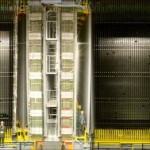 If these measurements turn out to be right, and if it turns out that some physics has to be rebuilt from the foundation, it will be an exciting time for young physicists. Any time there has to be a reconstruction at the foundations of physics is a fun time to be working physicist. Sting Theory has consumed many theoretical physics careers in the last couple decades, but this would give new minds something of major importance to work on…and likely win some Nobel Prizes in the effort. Who wants to be the next Einstein, Bohr or Heisenberg? Any takers? Go out and earn those PhD.s in physics and go get it!
If these measurements turn out to be right, and if it turns out that some physics has to be rebuilt from the foundation, it will be an exciting time for young physicists. Any time there has to be a reconstruction at the foundations of physics is a fun time to be working physicist. Sting Theory has consumed many theoretical physics careers in the last couple decades, but this would give new minds something of major importance to work on…and likely win some Nobel Prizes in the effort. Who wants to be the next Einstein, Bohr or Heisenberg? Any takers? Go out and earn those PhD.s in physics and go get it!
The Lunar Reconnaissance Orbiter Images Apollo Landing Sites
Not that this will stop the conspiracy theorists who insist that Apollo happened on a soundstage, but for the rest of us, this is pretty darn cool! The Lunar Reconnaissance Orbiter (LRO) is in a very low orbit around the Moon, and using its hi-resolution camera it was able to capture images of the Apollo 12, 14, and 17 landing sites. You can see the equipment left on the surface, rover tracks, and foot paths left by the Apollo astronauts.
Do You Want to Help Out with Astronomy Research?
 Today, there are astronomy projects out there that are designed to get the general public involved to assist in realresearch. Two such projects are Galaxy Zoo, and Galaxy Zoo Supernovae.
Today, there are astronomy projects out there that are designed to get the general public involved to assist in realresearch. Two such projects are Galaxy Zoo, and Galaxy Zoo Supernovae.
At Galaxy Zoo, hundreds of thousands galaxies in Hubble Space Telescope images need classifying. Astronomers need these classifications to help solve the puzzle of how galaxies form and evolve. People wanting to participate are run through a simple tutorial. After completing the tutorial they are given new images of galaxies to classify.
The Galaxy Zoo Supernovae project involves looking at images of galaxies where bright spots have recent appeared. Supernovae are exploding stars and there are different types of supernovae. Participants then compare the bright spots with older reference images to see if these spots are indeed supernovae. Like Galaxy Zoo, a simple and brief tutorial is completed before they are set loose on new images.
If you love astronomy or just want to be a part of professional astronomy research, check these sites out.
Clouds were no impediment to the ISS crew from viewing the Perseids
Science@NASA talks about the amazing Perseid meteor imaged from the International Space Station.
